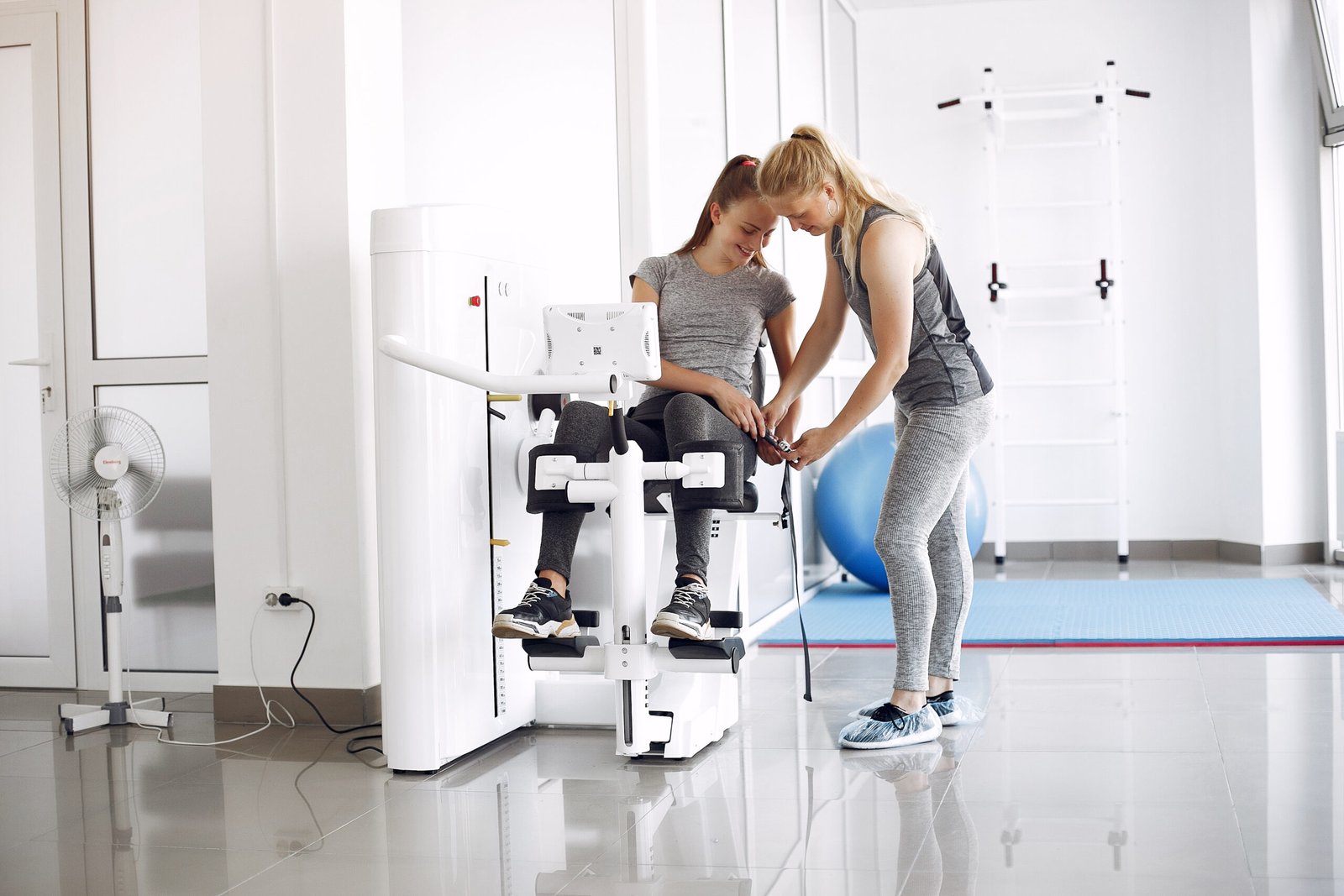Orthopedic rehabilitation
Orthopedic rehabilitation is a specialized branch of rehabilitation medicine that focuses on the diagnosis, treatment, and rehabilitation of musculoskeletal conditions and injuries. It aims to restore optimal physical function, reduce pain, and improve quality of life for individuals with orthopedic conditions. Orthopedic rehabilitation involves a multidisciplinary approach and may include the following components:
- Assessment and Evaluation: The rehabilitation process begins with a thorough assessment and evaluation of the individual’s condition. This may involve a comprehensive medical history review, physical examination, imaging studies (such as X-rays or MRI), and functional assessments. The assessment helps determine the extent of the injury or condition and guides the development of an individualized rehabilitation plan.
- Pain Management: Orthopedic rehabilitation addresses pain through various interventions. This may include the use of medications, therapeutic modalities such as heat or cold therapy, electrical stimulation, ultrasound, or manual techniques like soft tissue mobilization. Pain management aims to reduce pain levels, improve comfort, and facilitate participation in rehabilitation activities.
- Therapeutic Exercises: Exercise plays a fundamental role in orthopedic rehabilitation. Therapeutic exercises are tailored to the individual’s specific condition and rehabilitation goals. These exercises focus on improving strength, flexibility, range of motion, balance, and stability. They may include resistance training, stretching, joint mobilizations, and functional movements to enhance overall function and promote recovery.
- Manual Therapy: Manual therapy techniques, performed by trained professionals such as physiotherapists or occupational therapists, are often employed in orthopedic rehabilitation. These techniques may include joint mobilizations, soft tissue mobilizations, myofascial release, and manipulations. Manual therapy can help restore joint mobility, reduce muscle tightness, and alleviate pain.
- Assistive Devices and Orthotics: Orthopedic rehabilitation may involve the use of assistive devices, such as crutches, walkers, or canes, to support mobility and stability during the recovery process. Additionally, orthotic devices, such as braces or splints, may be utilized to provide support, protect injured areas, or correct alignment issues.
- Functional Training: Orthopedic rehabilitation focuses on improving functional abilities, allowing individuals to regain their independence and engage in daily activities. Functional training involves specific exercises and activities that mimic real-life movements and tasks. This may include practicing functional transfers, gait training, balance exercises, or sport-specific movements to help individuals return to their desired activities or sports.
- Education and Lifestyle Modifications: Education is a crucial component of orthopedic rehabilitation. Individuals are provided with information about their condition, treatment options, and strategies for self-management. This may include guidance on proper body mechanics, ergonomics, injury prevention, and lifestyle modifications to optimize healing and prevent future injuries.
- Post-Surgical Rehabilitation: Orthopedic rehabilitation is commonly employed following orthopedic surgeries, such as joint replacements, ligament repairs, or spinal surgeries. Post-surgical rehabilitation aims to restore function, manage pain, and facilitate the healing process after surgery. It typically involves a progressive rehabilitation program tailored to the specific surgical procedure and individual needs.
Orthopedic rehabilitation is individualized based on the unique needs, condition, and goals of each person. The rehabilitation plan may evolve over time as progress is made. Working with a multidisciplinary team, which may include physiotherapists, occupational therapists, orthopedic surgeons, and other healthcare professionals, can provide comprehensive care and support throughout the rehabilitation process.



